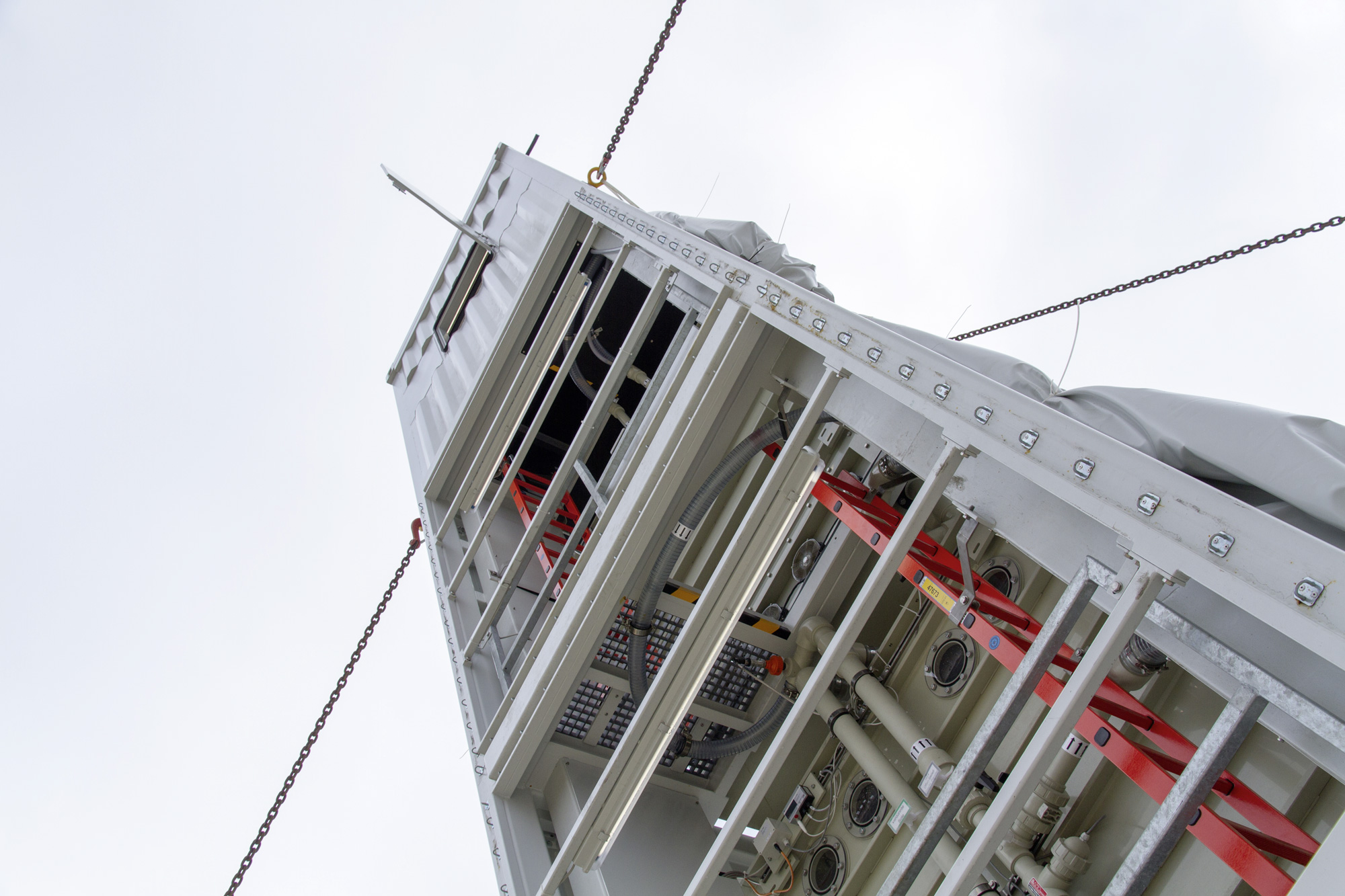Another field of research is the development of processes for the absorption or adsorption of water vapor for dehumidification and/or to generate water from the humidity of ambient air.
In the current Fraunhofer IGB work on absorption, liquid salt systems and other hygroscopic materials are used because they can bind water molecules from the atmosphere due to their extremely low vapor pressure. Important parameters for technical applications are hygroscopicity, vapor pressure dependent on temperature, the tendency to crystallize, toxicity and the desorption and corrosion properties of salt systems. For efficient absorption, the air/solution interface must be large. The absorption process can be adapted to various applications by modifying the characteristics of the saline solution e.g. with salt mixtures. Thermal separation methods are normally used to separate water from the saline solution and to generate water from humidity.
Other important processes employed by industry are the absorption and adsorption of other materials e.g. as in exhaust air cleaning or separation technologies, which is why the Fraunhofer IGB is constantly optimizing these methods and developing new ones (see also "Technical membranes").
 Fraunhofer Institute for Interfacial Engineering and Biotechnology IGB
Fraunhofer Institute for Interfacial Engineering and Biotechnology IGB